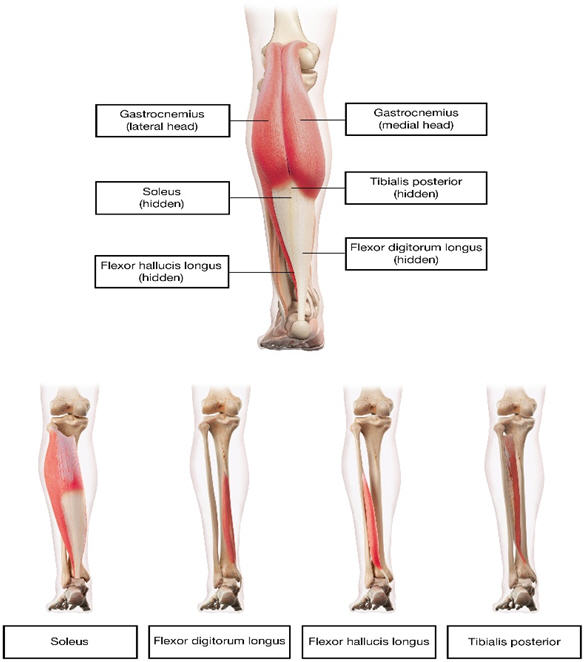



Nevertheless, BoNT/A is the first biological toxin that has been licensed for treatment of human disease after the pioneering work of the ophthalmologist Alan Scott who used BoNT/A for the treatment of strabismus 4. In several incidents its use as a biological weapon has been attempted 3. One gram of crystalline preparation of BoNT/A can potentially kill 1.000.000 people. In conclusion: The present study reveals that high dose intramuscular BoNT/A injections cause microstructural damage of the muscle tissue, which contributes to impaired gait.īotulinum toxin (BoNT/A) is among the most potent toxins to humans that are known 1, 2.

Furthermore, gene expression analysis showed a significant upregulation of COL1A1, MMP-2, TGF-b1, IL-6, MHCIIA and MHCIIx in the BoNT/A injected leg, while MHVIIB was significantly downregulated. This was accompanied by a loss of the linear structure of the muscle tissue. The volume fraction of fibrillary tissue was reduced significantly and the non-fibrillar tissue increased. Both the fibrillar and the non-fibrillar tissues were affected. Additionally, there was clear evidence of microstructural changes on the tissue level by as evidenced by 3D imaging of the muscles by Synchrotron Radiation X-ray Tomographic Microscopy (SRXTM). The ankle joint rotated externally, the rats became flat footed, and the stride length decreased after BoNT/A injection. The gait pattern of the rats was significantly affected 3 weeks after BoNT/A injection. The aim of the present study was to investigate the effect of high dose intramuscular BoNT/A injections (6 UI = 60 pg) on muscle tissue. Intramuscular administration of BoNT/A inhibits the release of acetylcholine at the neuromuscular junction from presynaptic motor neurons causing muscle-paralysis. Botulinum-toxin A (BoNT/A) is used for a wide range of conditions.


 0 kommentar(er)
0 kommentar(er)
